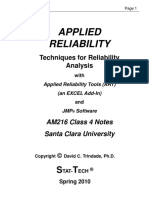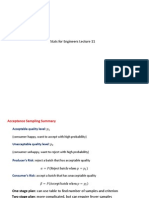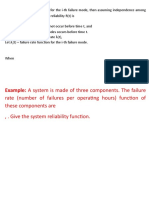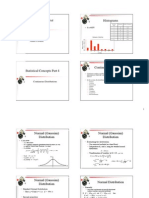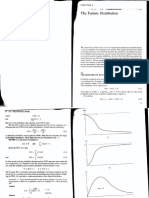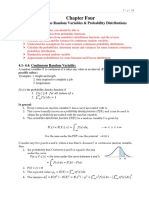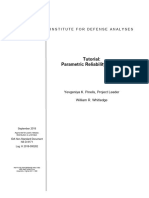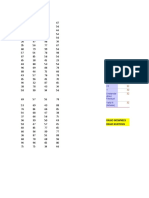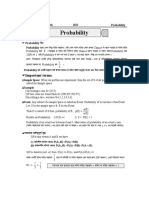0% found this document useful (0 votes)
11 views37 pages05 - Data Analysis - Mech
Reliability Life Data Analysis involves studying and modeling product lifetimes, which can be measured in various metrics. Key concepts include failure rate, reliability, and minimum life, with methods for data analysis including probability plotting and various distribution models such as Weibull and lognormal. The document outlines steps for estimating parameters and generating plots to analyze product life characteristics.
Uploaded by
Shubham guptaCopyright
© © All Rights Reserved
We take content rights seriously. If you suspect this is your content, claim it here.
Available Formats
Download as PDF, TXT or read online on Scribd
0% found this document useful (0 votes)
11 views37 pages05 - Data Analysis - Mech
Reliability Life Data Analysis involves studying and modeling product lifetimes, which can be measured in various metrics. Key concepts include failure rate, reliability, and minimum life, with methods for data analysis including probability plotting and various distribution models such as Weibull and lognormal. The document outlines steps for estimating parameters and generating plots to analyze product life characteristics.
Uploaded by
Shubham guptaCopyright
© © All Rights Reserved
We take content rights seriously. If you suspect this is your content, claim it here.
Available Formats
Download as PDF, TXT or read online on Scribd
/ 37







